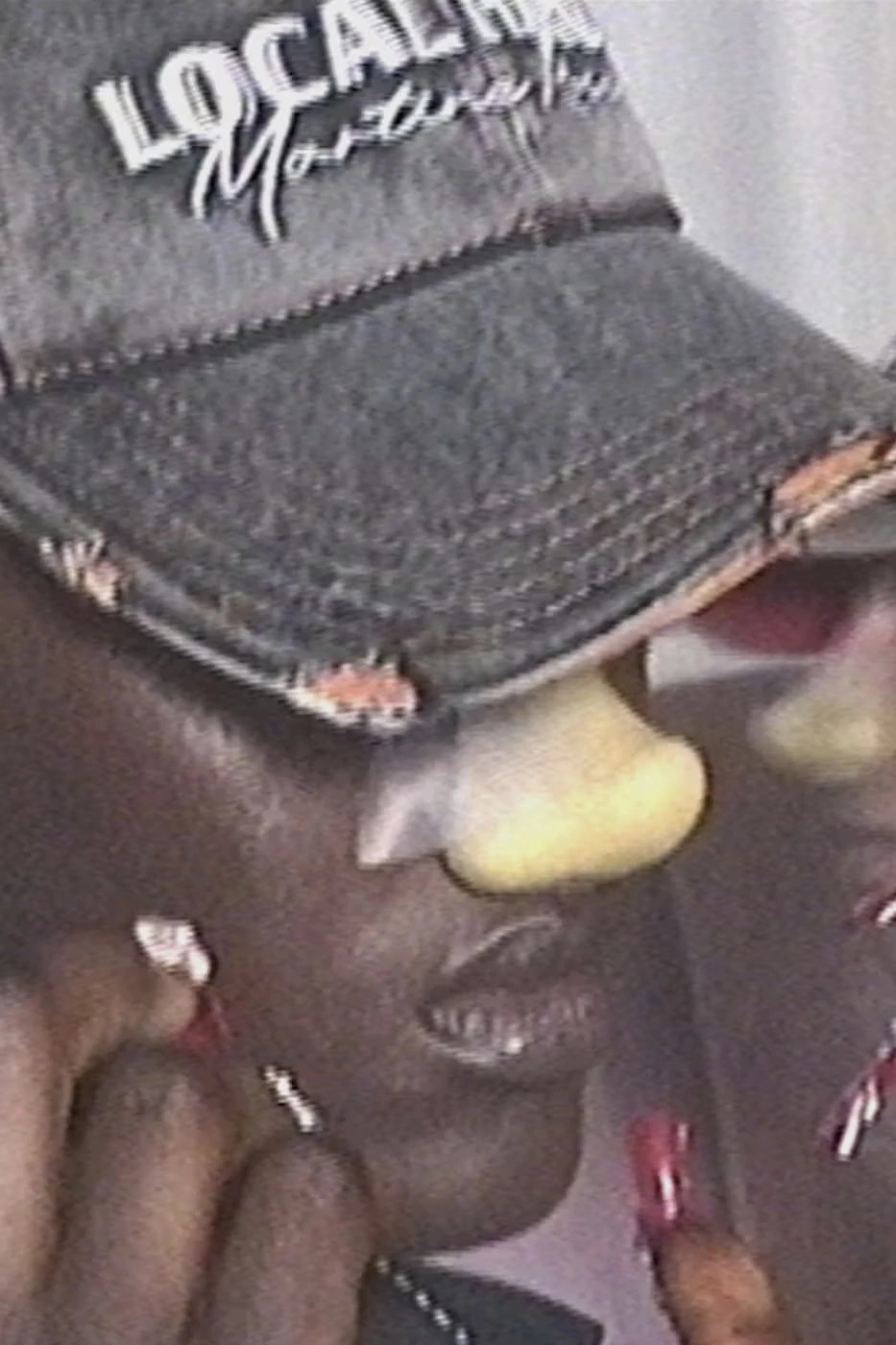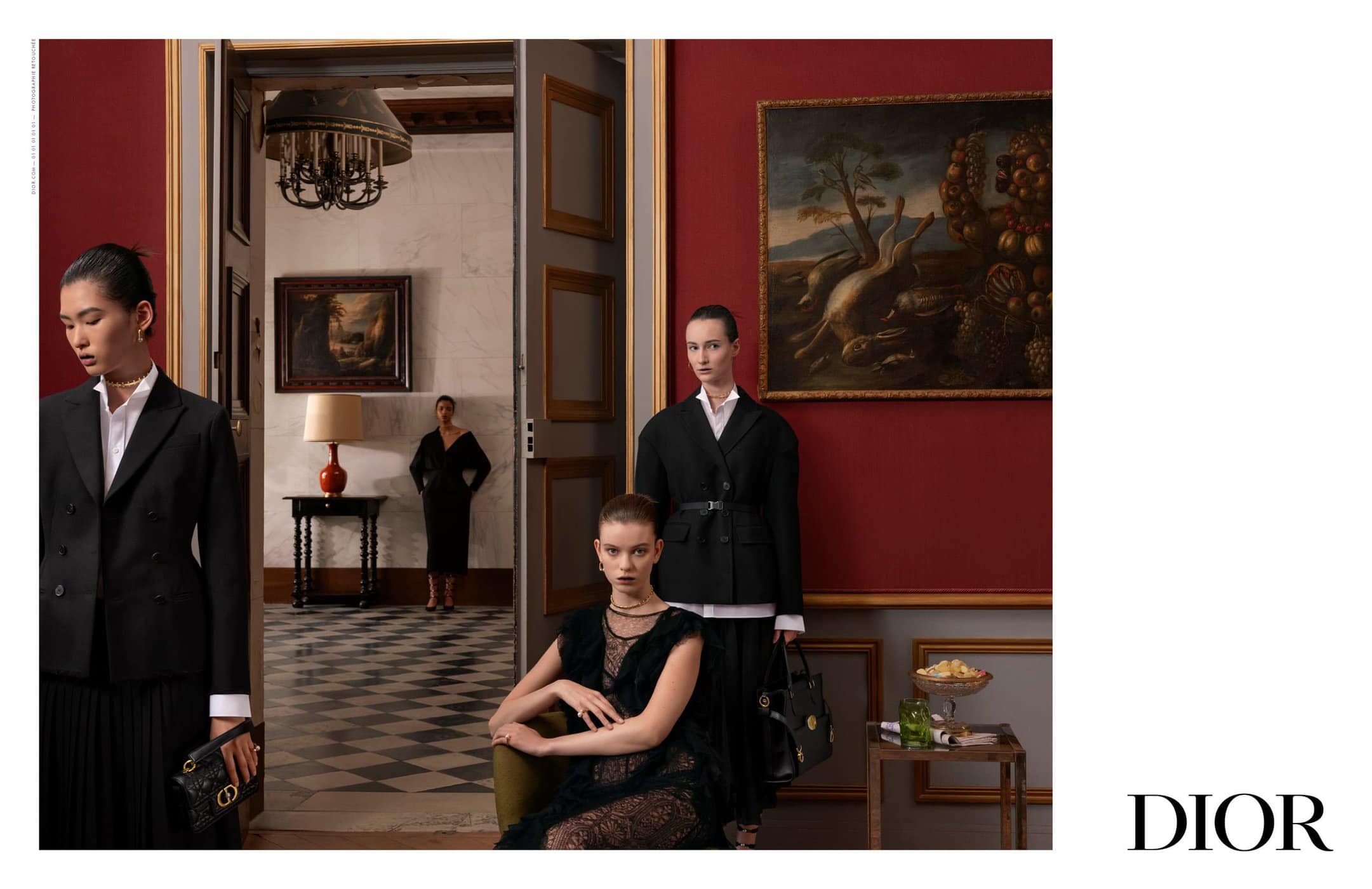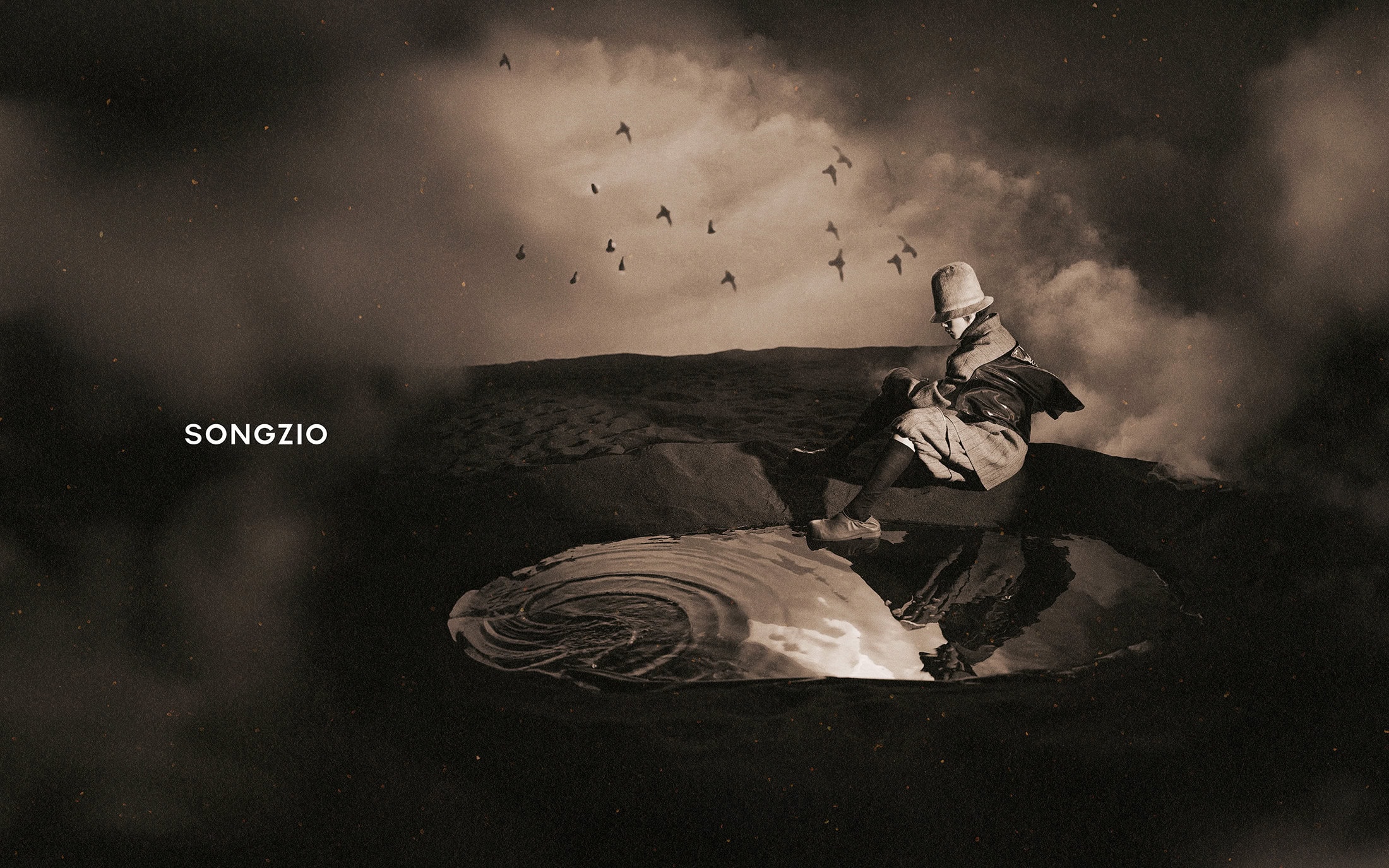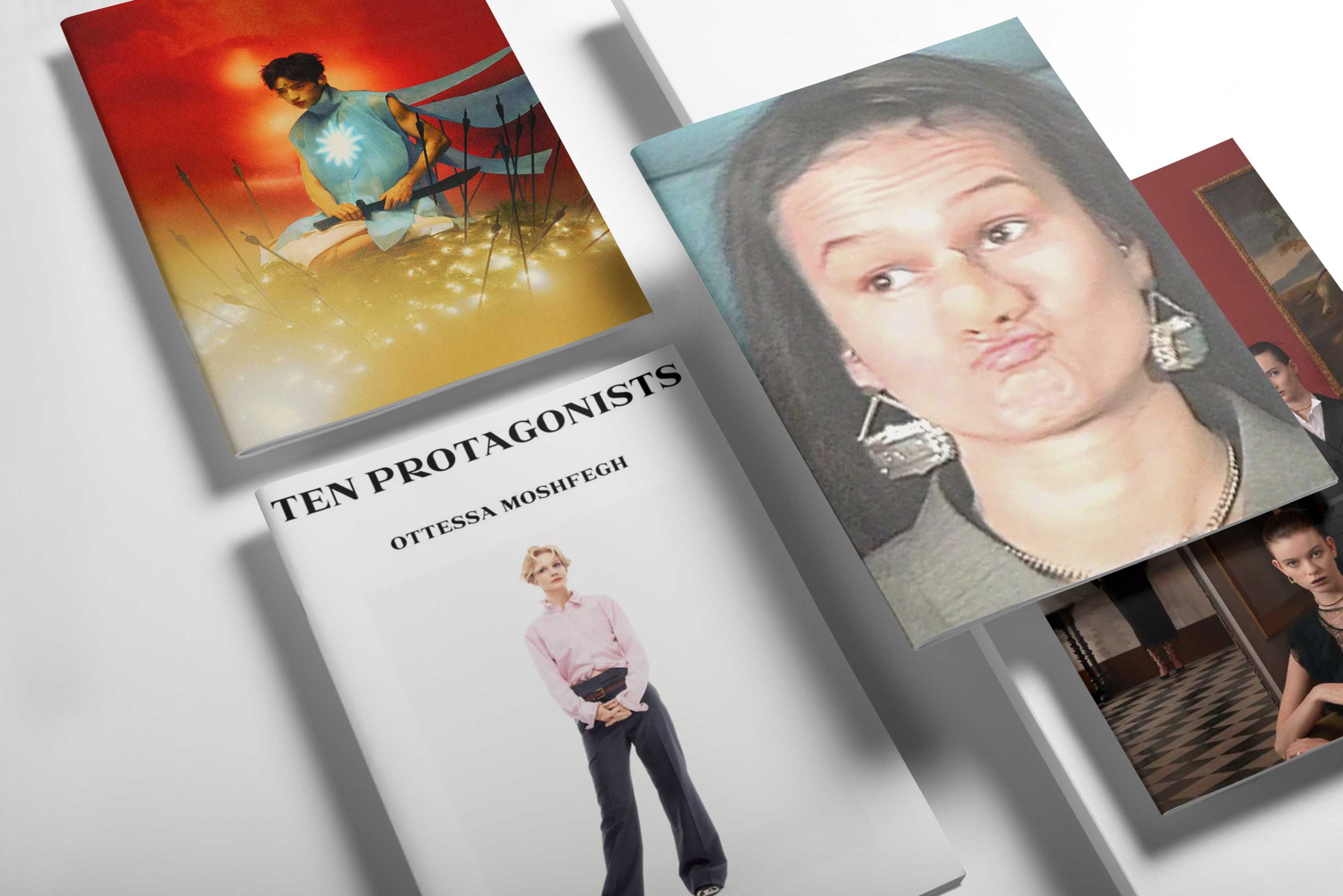How Smart Marketers Are Driving Connection and Innovation Despite a Challenging Luxury Climate
By Mark Wittmer
From economic uncertainty and shifting consumer expectations to the increasing complexity of balancing digital connection with identity and exclusivity, the challenges facing marketers in the luxury fashion industry are myriad. But with new challenges come new opportunities, and smart brands are going above and beyond to find new ways to drive cultural connections. Here, we look at three key lessons from some of the smartest brands that are blazing their own trail forward.
Key Takeaways
- Message Matters: Fashion has always been about making a statement – but at a time when tight bottom lines and diminishing investment in creativity means many of the ads we see feel more like low-stakes lookbooks, a clearly expressed point of view has a uniquely powerful opportunity to resonate with viewers.
- Every Piece Has a Story: Marketing begins with thinking about design. Smart brands recognize that, even before the runway, every piece has an opportunity to form a building block in an ongoing emotional narrative. From long-established heritage houses to fresh voices, some of the smartest brands are using every marketing moment to write a new chapter in a story.
- Think Beyond the (Phone) Screen: While social media and other digital platforms remain a key tool for rapid communication in an interconnected world, smart brands are innovating new ways to take the conversation beyond the phone screen and connect with customers through meaningful experiences.
Message Matters
Fashion has always been about making a statement – but at a time when tight bottom lines and diminishing investment in creativity means many of the ads we see feel more like low-stakes lookbooks, a clearly expressed point of view has a uniquely powerful opportunity to resonate with viewers.

Stella McCartney continues to be a rare brand in fashion that always makes its point of view clear and sends a powerful statement, both in its marketing approach and in the collections themselves. The last two major campaigns formed the most direct and focused statement of the brand’s mission yet, pairing bold, almost confrontational text with harmonious portraits of animals and humans to send a powerful call to action.
A recent campaign from Martine Rose, meanwhile, shows that an enigmatic artfulness can still go hand-in-hand with a clear statement of values. The designer has always done things her own way, fostering an inclusive community beyond the typical boundaries of who’s in and who’s out in fashion. The Spring 2025 campaign’s most striking feature is a return of the false noses from the collection’s runway show, oversized latex schnozzes that dominate the face of their wearer and distort their true proportions, uncannily shattering the gestalt of the face and turning expectations back on the viewer. The impact is further deepened by the fact that all of the noses have the same sallow, white-person skin tone no matter the color of the individual who wears it: a nod to the reality that a eurocentric and white supremacist heritage continues to shape contemporary perceptions of what kind of bodies and images can be aesthetically valuable.



The campaign is not only striking in its punk subversion of the typical polish of fashion imagery, but also in its synthesis of directness and ambiguity. We can instantly understand that contemporary beauty standards are being criticized, but the campaign never tells us where to go from here. Instead, we are provoked into questioning, into embracing the chaos, into daring to dream up a new world out of the old one. It’s a fitting message for Martine Rose, a brand that remains fiercely committed to doing things its own way and speaking to its own community of genuine individuals.
Every Piece Has a Story
Marketing begins with thinking about design. Smart brands recognize that, even before the runway, every piece has an opportunity to form a building block in an ongoing emotional narrative. From long-established heritage houses to fresh voices, some of the smartest brands are using every marketing moment to write a new chapter in a story.

Maria Grazia Chiuri is a master of blending key historical innovations from Christian Dior’s archives with innovative craft and uplifting visions of contemporary femininity. From her ongoing couture partnership with the Chanakya School of Craft in India to campaigns that have explored the origins of the Olympics or the rebellious legacy of Scottish history, her output is alive with moments of cultural connection.
Perhaps the best example of a brand using storytelling to guide a historical legacy into the future is, fittingly, also the oldest still-operating luxury house, Hermès. The brand may be known for slow fashion and timeless luxury, but the brand’s social media presence reveals one of the most up-to-date, fast-paced digital strategies in the industry today. A quick scroll through its Instagram page reveals that this is no typical fashion brand’s social media presence. Rather than your usual lookbook portraits, product shots, and campaign imagery, the majority of the Hermès Instagram is occupied by color and craft: playful illustrations, virtual sculpture illustrations, bite-sized dives into a particular element of design or craftsmanship. Balancing a reverence for craft and the discerning luxury customer, a creative spirit of sophisticated whimsy, and a rapid yet timeless approach to communication rhythm, Hermès sets the bar for engaging, creative, narrative-driven social media marketing.
But while these heritage luxury brands have the advantage of a rich history from which to draw storytelling power, that’s not the only way to channel design into impactful, emotional narratives. South Korea’s Songzio is an excellent example of a brand that is crafting its own mythos. The brand’s last several campaigns have been created in partnership with visionary photographer and director Cho Gi-Seok, who translates the detailed, avant-garde voluminous of Songzio’s collections into stunning, dreamlike visual journeys inspired by mythology.


Think Beyond the (Phone) Screen
Yet other brands are digging still deeper and expanding their thinking not only on what a fashion image can be or say, but also the very medium in which an image or story is presented. While social media and other digital platforms remain a key tool for rapid communication in an interconnected world, smart brands are innovating new ways to take the conversation beyond the phone screen and connect with customers through meaningful experiences.
Prada recently extended its Spring 2025 campaign, a partnership with author Ottessa Moshfegh and actor Carey Mulligan, with the launch of a physical book. The publication features ten stories written by Moshfegh in response to the ten characters embodied by Carey Mulligan in the campaign portraits shot by Steven Meisel. These stories are compiled in a limited-edition publication, illustrated with the campaign’s visuals.

Accompanying the extension of the project is a new short film that features a conversation between Moshfegh and Mulligan. The author further explains her writing process and her intention behind each character, which the actor then incorporates into her “performance” for the campaign – a unique collaboration between two artists that further transforms the activation into something both between and beyond film and literature.
While its campaigns begin with a groundwork of Instagram-friendly imagery, Boss is another brand doing smart work to extend its campaigns into tangible experiences. The recent launch of its cinematic bodywear launch ad starring David Beckham was accompanied by smart thinking on release and distribution. While print has fallen by the wayside, social media hasn’t replaced it, and instead has prompted the need for a different kind of visual communication entirely. There are few channels for this campaign’s kind of wide-screen, blockbuster, high-caliber visual narrative, and fewer still being utilized to their fullest extent. That’s why a return to cinema is so smart: this is a cinematic campaign, and audiences will be fully immersed in it as they head to theaters ahead of Oscar season. The brand is also launching a first-of-its kind partnership with Netflix and other streaming platforms, cleverly capitalizing on the cultural growth of these channels. Out-of-home activations will see a larger-than-life David Beckham in his Boss Ones appear on billboards and in selected high-traffic locations, while Boss bodywear vending machines will be placed at key locations in Europe and the U.S., selling hero products from the collection in a fun, interactive way.
